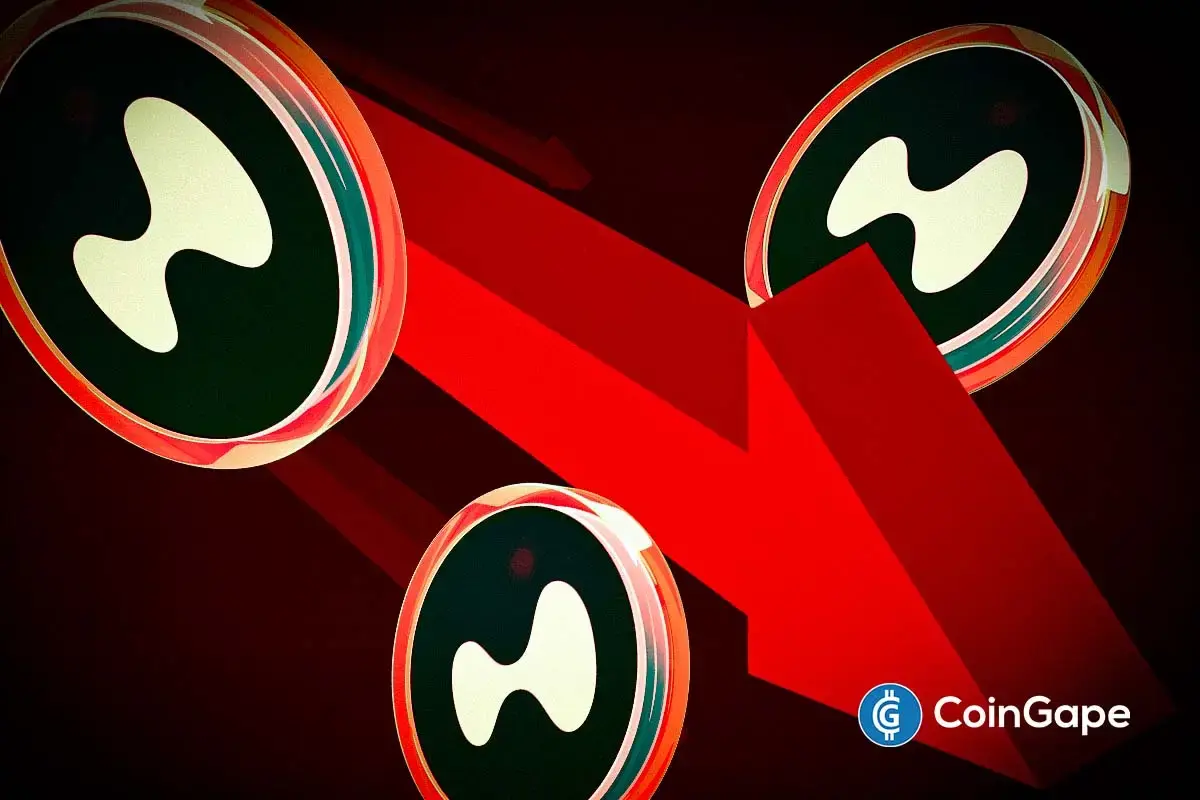 CaryptosHeadlines Media Has Launched Its Native Token CHT.
Airdrop Is Live For Everyone, Claim Instant 5000 CHT Tokens Worth Of $50 USDT.
Join the Airdrop at the official website,
CryptosHeadlinesToken.com
CaryptosHeadlines Media Has Launched Its Native Token CHT.
Airdrop Is Live For Everyone, Claim Instant 5000 CHT Tokens Worth Of $50 USDT.
Join the Airdrop at the official website,
CryptosHeadlinesToken.com
- Standard Chartered replaced Tesla with Bitcoin in its new “Mag 7B” index, resulting in higher returns and lower volatility.
- Bitcoin’s growing role in institutional investment could drive further capital inflows.
Standard Chartered has introduced the “Mag 7B” index, swapping out Tesla for Bitcoin. This alternative version of the “Magnificent 7” tech index has performed better, not just in terms of return but also instability.
The inclusion is part of growing perceptions of Bitcoin as a mainstream asset rather than a speculative cryptocurrency. The traditional Mag 7 index comprises Apple, Microsoft, Nvidia, Amazon, Alphabet, Meta, and Tesla.
However, Tesla, the smallest by market cap, was replaced in this fictionalized account with Bitcoin. Bitcoin’s market capitalization is currently $1.7 trillion, more than twice Tesla’s $800 billion.
The move was meant to see whether Bitcoin can act both as a tech stock and as a hedge against traditional financial risks.
Performance has been impressive. Mag 7B has outperformed the standard Mag 7 by around 5% since December 2017. It has also delivered higher average annual returns, around 1% more than the standard index.

Additionally, the addition of Bitcoin led to lower volatility, with a reduction of nearly 2% compared to the base index. This led to a greater information ratio of 1.13, compared to 1.04 for Mag 7, which implies that Bitcoin enhances the portfolio’s efficiency in return generation.
Institutional Investors Eye Bitcoin’s Role
The comparison of performance suggests that the inclusion of Bitcoin delivers advantages apart from higher returns. The decreased volatility has made it a feasible asset for institutional investors.
Standard Chartered noted that Bitcoin’s correlation with the Nasdaq has been stronger than with gold, solidifying its status as a tech related asset. The other main catalyst for BTC’s entry into institutional portfolios is the launch of spot Bitcoin ETFs.
Since early 2024, trading Bitcoin has been easier, reflecting the simplicity of trading conventional equities such as Apple and Microsoft. This enhanced ease of use has boosted investors’ confidence, triggering wider adoption.
Current market trends also reinforce Bitcoin’s adoption in the mainstream. Ever since President Donald Trump’s inauguration in January 2025, Bitcoin’s trading pattern has been very similar to that of Nvidia.
Meanwhile, Tesla’s market movement has started following that of Ethereum, suggesting a shift in market dynamics. This could lead to further institutional participation in Bitcoin, solidifying its role beyond that of a speculative asset.
Standard Chartered Sees BTC Reaching $200K This Year
BTC is now priced at $87,003.21, up 5% over the past seven days. The cryptocurrency’s price direction has been a point of interest for investors, with Standard Chartered providing a high long-term target.
The bank reiterated last month its forecast that BTC could reach $500,000 during the presidency of Donald Trump. In spite of the recent decline in price, the bank remains positive.
Geoffrey Kendrick, the head of digital asset research at Standard Chartered, predicts BTC will hit $200,000 this year before leading the way to the half million mark in the following years.
To get BTC to these heights, a series of catalysts have to converge, including regulatory clarity and price stability. Institutional investors require a more stable market environment before committing larger capital allocations to BTC. If these conditions are met, the additional demand could fuel BTC’s next major rally.
Yet some traders remain cautious. Well-known trader Trader Tardigrade recently pointed to a bearish technical pattern known as the “Rising Wedge.” BTC might only reach as high as $200,000 this cycle, he said, before experiencing a sharp correction.














